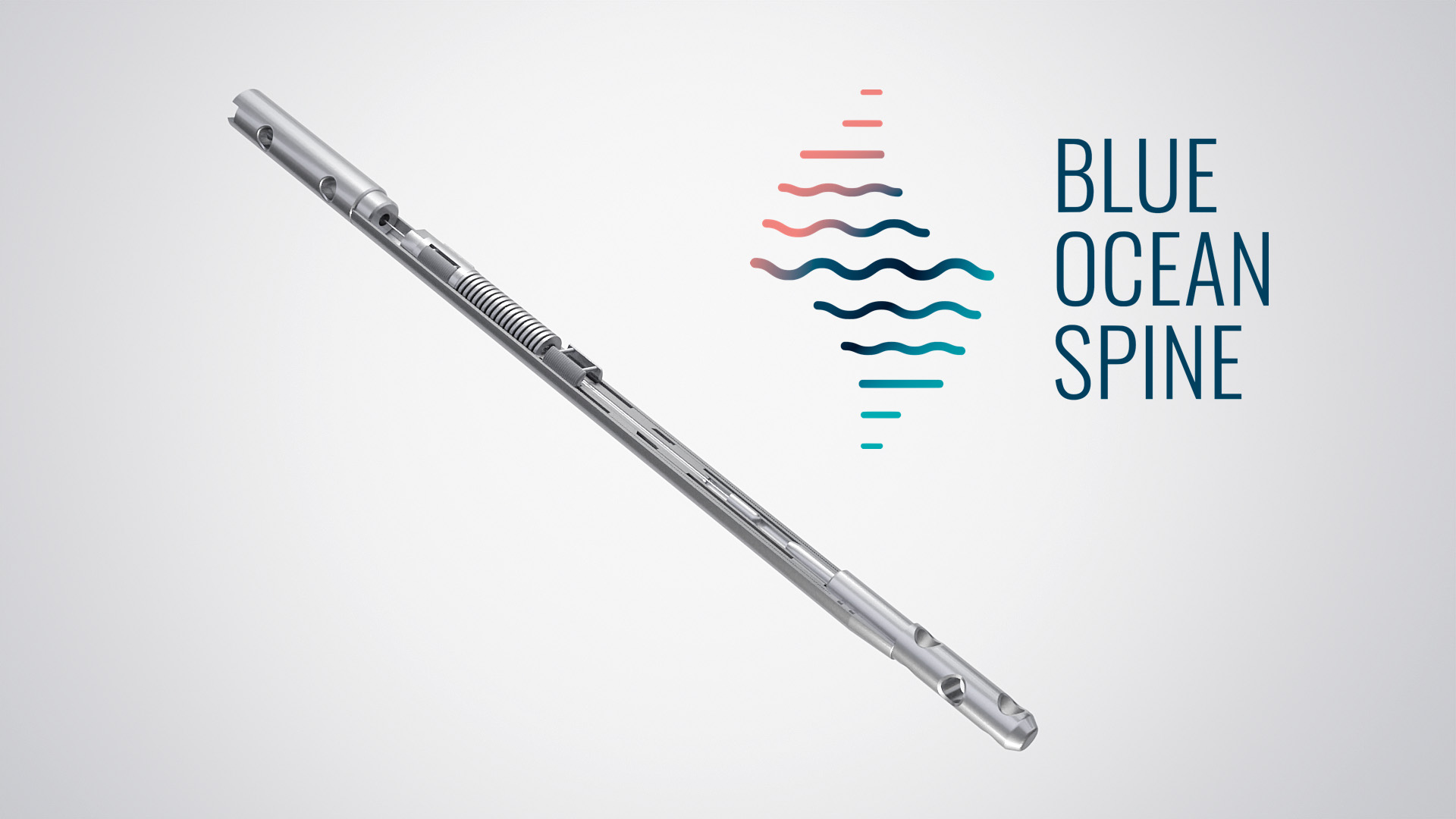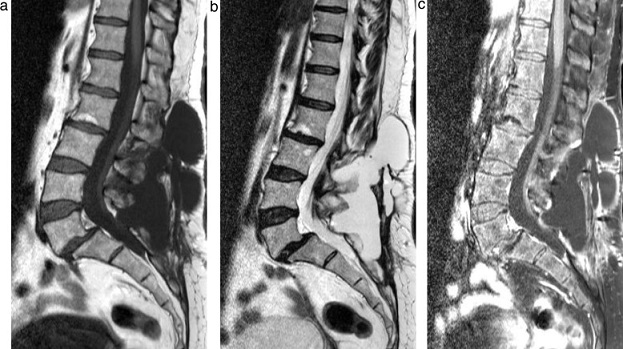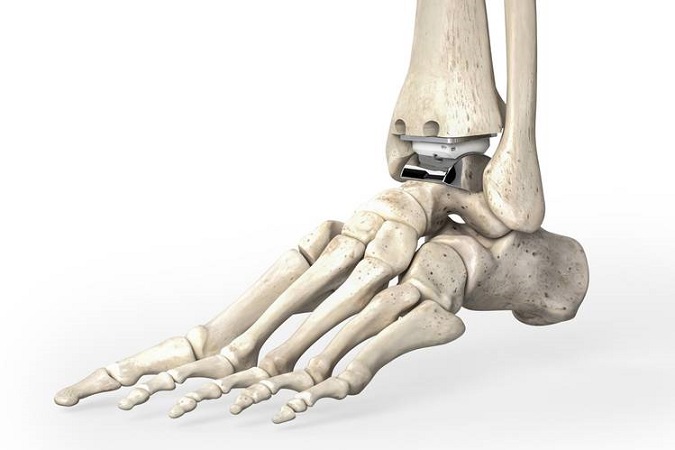Elizabeth Hofheinz, M.P.H., M.Ed.
A multicenter team of researchers decided to fill in a gap in the literature by studying the relationship between preoperative ankle joint space and postoperative outcome.
Their work, “Relationship Between Tibiotalar Joint Space and Ankle Function Following Ankle Surgery,” is published in the March 1, 2021 edition of Foot & Ankle International.
Delineating the “backstory” was co-author Thomas Clanton, M.D. of The Steadman Clinic and Steadman Philippon Research Institute. Dr. Clanton told OSN: “In the course of caring for ankle patients over many years, it always seemed that those with a lessened joint space had less satisfactory results following their surgeries. In spite of this there had been no scientific studies documenting this.”
“With increasing numbers of ankle injuries and development of arthritis, surgical as well as non-operative methods have continued to improve and yet, it seemed that when the joint space was decreased, the ability to improve a patient’s condition was less likely to occur.”
So the team looked at 251 patients between January 2009 and September 2015. Two orthopedic surgeons measured ankle joint space at three locations: the lateral, central, and medial locations of the superior joint space, with the lowest value defining the ankle joint space. One of the surgeons did two sets of measurements to complete intraobserver reliability. For the purpose of interrater reliability, the second surgeon examined a random subset of radiographs. Patients were either in cohort A, with narrowed joint space defined as less than 2 mm, or cohort B, with preserved joint space defined as 2 mm or greater.
A total of 43 patients had an ankle joint space of less than 2 mm (cohort A). The mean ankle joint space was 0.6 mm in cohort A and 3.2 mm in cohort B.
All across the board, these 43 patients fared worse than those in cohort B. Compared with the 208 patients with an ankle joint space of 2 mm or greater, cohort A patients had worse scores on the Foot and Ankle Ability Measure (FAAM) Activities of Daily Living, FAAM Sports, and the Short Form-12 Physical Component Summary. In addition, the researchers found a statistically significant positive correlation between joint space distance and the FAAM ADL, FAAM Sports, and SF-12 Physical Component Summary.
“This work leads to the question of whether or not patients understand this particular aspect of their condition,” said Dr. Clanton to OSN. “As a result of the study, it gives the treating surgeon scientific information with which to counsel the patient who is seeking surgery to improve the condition of their ankle and warns them to avoid mistaken expectations when the joint space is decreased on the preoperative weight-bearing x-ray.”
Asked about what further work should be done on this, Dr. Clanton replied, “Investigate whether or not any specific methods of treatment can restore cartilage height?”
His overarching message?
“Utilize this information as helpful information in counseling your patients. It doesn’t mean that they can’t have a good result, it just suggests that the chances are decreased in comparison to having a normal joint height.”








